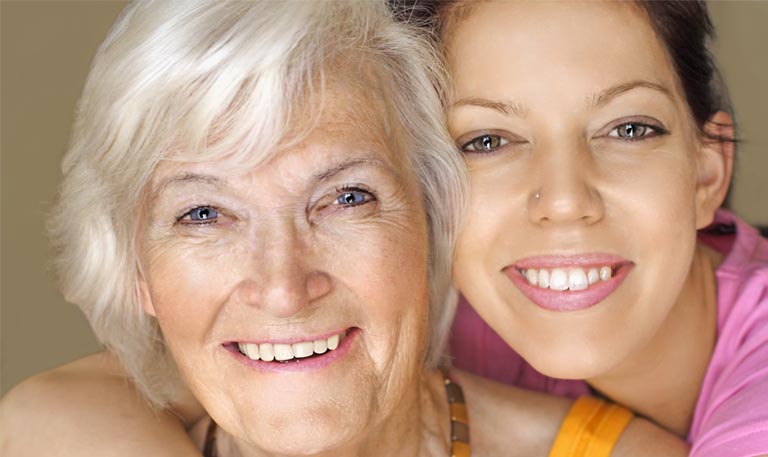Reaching across the generations can boost your well being
Experts in aging say one great way to build resilience is to stay connected to younger people. My observations as a physician, a researcher—and now granddad—confirm this premise. Time spent with my grandkids, meeting their seemingly endless need for snacks, games, and even diaper changes, keeps me on my toes!
Of course, it takes more than occasional babysitting to build meaningful relationships. And I see how families and communities intentionally create ways for generations to bond. My cousin’s family and their multigenerational Montana cattle ranch is a great example. Without quality childcare options available in mile-high country, Rick and Gayle take charge of their grandchildren while their daughter and son-in-law work the ranch. The little ones enjoy their grandparents’ doting attention, and Rick and Gayle benefit from experiencing their growing up.
This type of arrangement is not new. Anthropologist Margaret Mead wrote about mutually beneficial relationships among children and grandparents in various cultures over the ages. Children provide the stimulation older people need, while the elders give kids the stability they require. Meanwhile, the “sandwich generation” provides material support for both ends of the family. The result is an efficient “economy” where everyone’s needs are met.
Can spending time with children help stave off mental decline? That’s hard to say. A 2016 study of 120 caregiving grandparents in Australia found that women who babysat one day a week scored higher on cognitive tests. Grandparents need to set their limits though. Those who babysat five days a week or more had more trouble than others with cognition.
Still, experts in aging, education, and other services are intrigued—especially with intergenerational learning. One example is an award-winning charter elementary school in Cleveland called The Intergenerational School. Here, elders of all ages and abilities—including some with dementia—help with lessons, storytelling, artwork, gardening, and more. The kids get extra attention from older “mentors,” while the elders get the stimulation of being involved in meaningful activities with kids.
Another model is cohousing, a type of residential development that emphasizes social interaction. Some communities are created exclusively for seniors, but others—like the Capitol Hill Urban Cohousing Community in Seattle—intentionally mix generations. Sheila Hoffman and her husband Spencer Beard were the only retirement-age people in the nine-family community when it opened in 2016.
“If you live with a bunch of people the same age, you’re not going to have as much diversity in views,” Sheila explained. “Living here is going to challenge Spencer and me, and keep our brains more engaged.”
A retired elementary-school gym teacher, Spencer enjoys teaching kids in the community to ride their bikes. The couple also committed to walking one of the second graders to her after-school ballet class. Such favors are sure to earn them “social capital,” if not “surrogate grandparent” status.
“It’s like extended family,” Sheila said. “As Spencer and I get older and it gets more difficult for us to do things for ourselves, we hope someone will be around to say, ‘Hey, can I get you anything from the store?’ Or, ‘Do you need a ride to the doctor?”
As their experience shows, reaching across generations can be valuable to all involved. So, whether you engage with kids, their parents, their schools, or other aspects of community, intergenerational connection may be great for your well-being.
Dr. Eric B. Larson is a senior scientist at Kaiser Permanente Washington and author of Enlightened Aging: Building Resilience for a Long, Active Life (Rowman & Littlefield, 2017).



Discussion1 Comment
good work